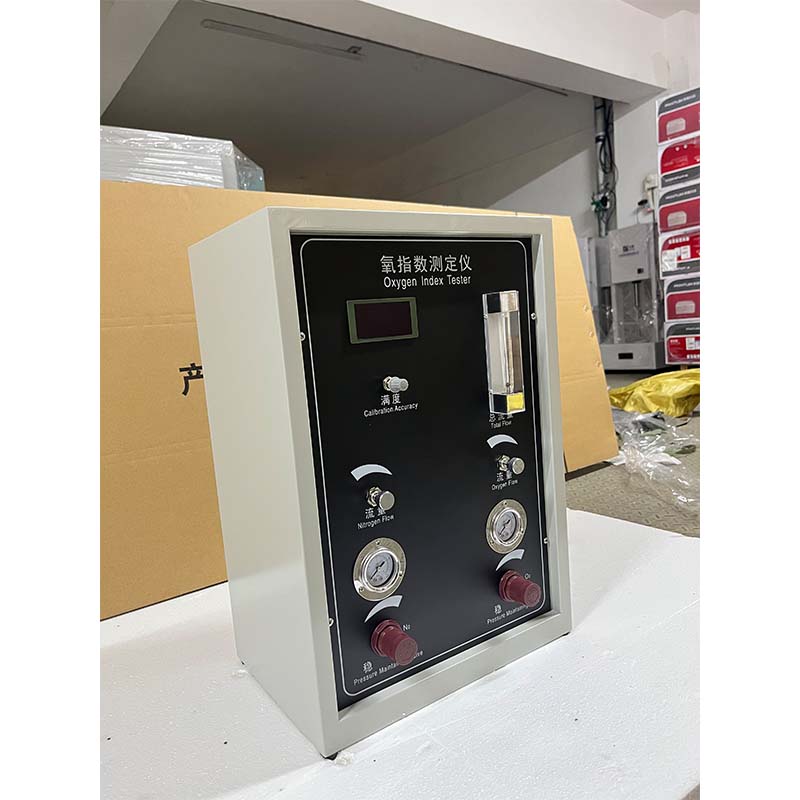Evaluating Resistance in Conductors Through Comprehensive Testing Methods and Analysis Techniques
Understanding Conductor Resistance Testing
Conductor resistance testing is a critical procedure in the field of electrical engineering and power system management. It involves measuring the resistance of electrical conductors to ensure they are functioning correctly and efficiently. Low resistance in conductors is essential for minimizing energy loss due to heat and ensuring the reliability of electrical systems. This article will delve into the significance, methods, and benefits of conducting resistance tests on electrical conductors.
Importance of Conductor Resistance Testing
Electrical conductors, whether they are wires or cables, are designed to transmit electric current with minimal resistance. However, several factors can affect their resistance, including temperature, material properties, and physical degradation over time. High resistance in conductors can lead to increased power losses, overheating, and potential equipment failure. Conducting regular resistance tests helps to identify any irregularities that may threaten the safety and efficiency of electrical systems.
One of the primary reasons for performing conductor resistance tests is to ensure compliance with industry standards and regulations. Many electrical standards require specific resistance values for conductors; thus, testing verifies that these criteria are met. Regular maintenance and testing can also extend the lifespan of electrical equipment by identifying issues before they escalate into significant failures.
Methods of Conducting Resistance Tests
Several methods can be employed to measure the resistance of conductors. The most common techniques include
1. Wheatstone Bridge Method This traditional method uses a bridge circuit to measure unknown resistances. By balancing the bridge, one can accurately determine the resistance of a conductor.
2. Four-Wire (Kelvin) Method Particularly useful for low-resistance measurements, this method mitigates the impact of lead resistance. It employs two pairs of wires one for current supply and the other for measuring voltage. This configuration allows for precise resistance readings, crucial for applications expecting very low resistance values.
conductor resistance test

3. Clamp-On Resistance Meters These devices can measure resistance non-invasively. They are particularly useful for field testing and can provide a quick assessment of conductor resistance without needing to disconnect cables.
Benefits of Conductor Resistance Testing
The advantages of conducting resistance tests on electrical conductors are manifold
- Prevention of Failures By identifying resistance issues early, maintenance teams can address problems before they lead to failures, saving time and money.
- Improved Safety High resistance can lead to overheating, which poses risks of fire or electrical shock. Regular testing helps ensure safe operation conditions.
- Operational Efficiency Reducing resistance in conductors can enhance the overall efficiency of electrical systems, leading to energy savings and reduced operational costs.
- System Reliability Regular testing builds confidence in the reliability of electrical systems, essential for critical infrastructure and industrial applications.
Conclusion
In conclusion, conductor resistance testing is an essential practice in maintaining the integrity and efficiency of electrical systems. By employing various testing methods, engineers can ensure that conductors operate within acceptable resistance limits, thus preventing potential issues and fostering safe and efficient electrical operations. As technology continues to evolve, advancements in resistance testing methods will likely emerge, further enhancing the effectiveness of these essential evaluations. Regular testing not only complies with industry standards but also ensures the long-term reliability of electrical systems, making it a fundamental aspect of electrical engineering.
-
The Role of Tensile Force Testers in Quality Control and Material Science
NewsAug.01,2025
-
Maintenance and Safety Tips for Aging Ovens
NewsAug.01,2025
-
Density Balance in Forensic Science
NewsAug.01,2025
-
Advanced Optical Measurement Technologies
NewsAug.01,2025
-
A Buyer’s Guide to Tensile Test Machines
NewsAug.01,2025
-
Why the Conductor Resistance Constant Temperature Measurement Machine Redefines Precision
NewsJun.20,2025
 Copyright © 2025 Hebei Fangyuan Instrument & Equipment Co.,Ltd. All Rights Reserved. Sitemap | Privacy Policy
Copyright © 2025 Hebei Fangyuan Instrument & Equipment Co.,Ltd. All Rights Reserved. Sitemap | Privacy Policy
